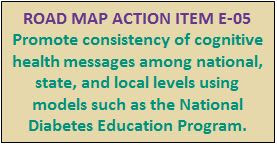The Utah Maternal Mental Health Collaborative
proudly presents a free community screening of:
Dark Side of the Full Moon
Thursday, May 14th at 7:00 p.m. sharp
The Salt Lake City Library
Main Floor Auditorium
210 East 400 South, Salt Lake City, UT 84111
Learn the chilling truth about the most common complication of childbirth for American women and what we can do about it in Utah.
Community discussion immediately following the film from 8:15-8:45. The nature of this film and venue are best suited for adults. Nursing babies in arms are welcome. This film may be triggering for women with personal experience with maternal anxiety and depression; caution is advised.
This event is made possible by:
Intermountain Healthcare
Healing Group
Better Birth
University of Utah College of Nursing BirthCare HealthCare
The Community School of Midwifery
Utah Department of Health Maternal and Child Health










